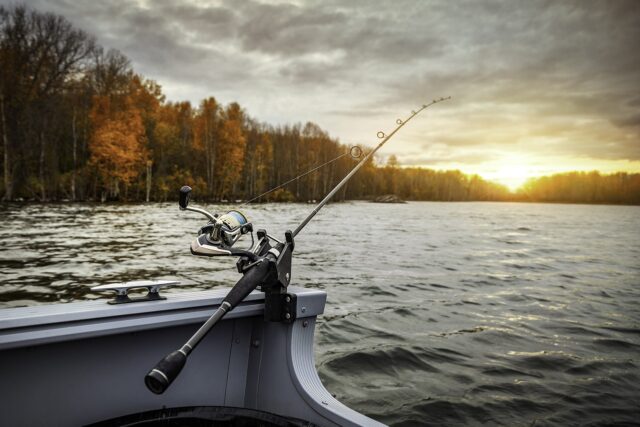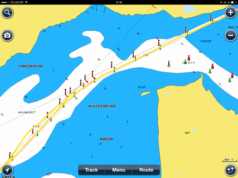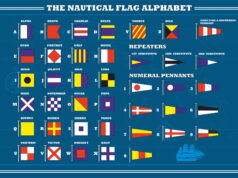Fishing—a simple word that encapsulates a world rich with peace, anticipation, thrill, and satisfaction. The ancient art, an age-old survival technique, has evolved into a diverse hobby that spans cultures and continents. It’s a quiet communion with nature, a delightful retreat from the routine, where one can bask in tranquility, interrupted only by the electrifying tug on the line. This guide to boat fishing aims to take you on a fascinating exploration, offering a panoramic view of the pastime, where the lapping of the waves against your vessel and the reel’s sweet hum become the soundtrack of a captivating adventure.
The Joy and Allure of Fishing
Fishing conjures an image of simplicity—a rod, a reel, a hook, and the patience to wait for that decisive moment. But beyond this peaceful veneer lies a world teeming with excitement and wonder. Every fishing trip presents a unique narrative, written by the angler, the waters, and the myriad species that dwell within.
The allure of fishing lies in its unpredictability. It’s a dynamic interplay between skill and luck, planning and spontaneity, knowledge and intuition. It’s a test of patience as you wait for the right moment, a display of expertise as you reel in the catch, and a jolt of joy as you witness the fruit of your efforts breaking the water surface, glistening in the sunlight.
Fishing is also a pathway to mindfulness, allowing us to unplug from digital distractions and immerse in the rhythms of nature. The gentle rocking of the boat, the hypnotic casting and reeling, the enchanting underwater world seen through a crystal-clear surface—it all coalesces into an experience that engages the senses and soothes the spirit.
Differentiating Between Fishing Types
As we dive deeper into the world of fishing, it’s essential to understand its varied types. At its core, fishing bifurcates into freshwater and saltwater variants. Freshwater fishing often transpires in tranquil lakes, serene ponds, and meandering rivers. It presents an opportunity to catch species like bass, catfish, or trout, each with unique behaviors and preferences.
On the other hand, saltwater fishing—often synonymous with the image of an angler battling a marlin—is a whole different ballgame. Conducted in the vast expanse of the sea, it provides a shot at landing larger species like tuna, mahi-mahi, or sailfish.
Boat fishing serves as a bridge between these two types, transcending the constraints of the shoreline and offering the possibility to venture into deeper waters. Whether you’re in a serene lake, a flowing river, or the vast sea, a boat enables you to explore uncharted waters, tap into diverse fish populations, and elevate your fishing experience to a whole new level.
This comprehensive guide aims to unravel the intricate world of boat fishing, steering you through the selection of the right boat, understanding the critical fishing gear, mastering techniques, and much more. As we embark on this exciting journey, we invite you to cast away your doubts, reel in curiosity, and dive into the thrilling universe of boat fishing. The waters are waiting!
The Intricacies of Fishing Boats
Venturing into the world of boat fishing unfolds an entirely new chapter in your angling journey. The boat—your companion on this odyssey—not only enhances your fishing prospects but also defines the overall experience. Therefore, understanding the intricacies of fishing boats becomes imperative.
The Importance of Choosing the Right Boat
Selecting the right boat is a critical decision, much like choosing a fishing rod that matches your style and skill. Your boat should align with your fishing objectives, the type of water body you plan to explore, and the species you aim to catch. A well-chosen boat elevates your angling experience, increases safety, and heightens the possibility of a successful catch.
While budget and personal preferences do play a part, it’s important to look beyond aesthetics and consider factors such as the boat’s size, its stability in different water conditions, storage capacity, and the presence of fishing-friendly features. Moreover, the type of engine (outboard or inboard) and fuel efficiency are crucial considerations. Each of these aspects plays a significant role in determining the boat’s performance and your overall fishing experience.
Description and Features of Popular Fishing Boats: Bass Boats, Offshore Boats, Cabin Cruisers
Dive into Bass Boats
Designed primarily for bass fishing in freshwater bodies, bass boats are nimble and quick. Their sleek design, coupled with powerful outboard motors, offers high speed—crucial for covering large areas of water in search of schools of bass. These boats are equipped with swivel chairs for 360-degree casting access, ample storage for fishing gear, and built-in live wells for keeping the catch alive. Some high-end models also include advanced features like GPS and fish finders.
Offshore Boats: Built for the Sea
As the name suggests, offshore boats are designed for deep-sea fishing in the open ocean. They are larger, more robust, and built to withstand harsh marine conditions. Key features include large fuel tanks for long-distance travel, substantial storage for big game fishing gear, and advanced navigation and fish-finding electronics. Offshore boats often come with fighting chairs—specialized seats that give anglers leverage while reeling in heavy catches.
Luxury Meets Fishing: Cabin Cruisers
Cabin cruisers blend the luxury of a yacht with the functionality of a fishing boat. They’re perfect for those extended fishing expeditions where comfort is a priority. Cabin cruisers offer ample deck space for fishing and come equipped with rod holders, bait wells, and fish lockers. They also boast home-like amenities, including compact kitchens, sleeping quarters, and bathroom facilities. With a cabin cruiser, you can experience the thrill of fishing without compromising on comfort.
In the captivating world of boat fishing, your boat is much more than a vessel—it’s your ally, aiding you in navigating the waters and landing the big catch. So, equip yourself with the right knowledge, choose wisely, and let your angling adventure aboard the perfect boat begin!
Fishing Equipment: Your Key to Success
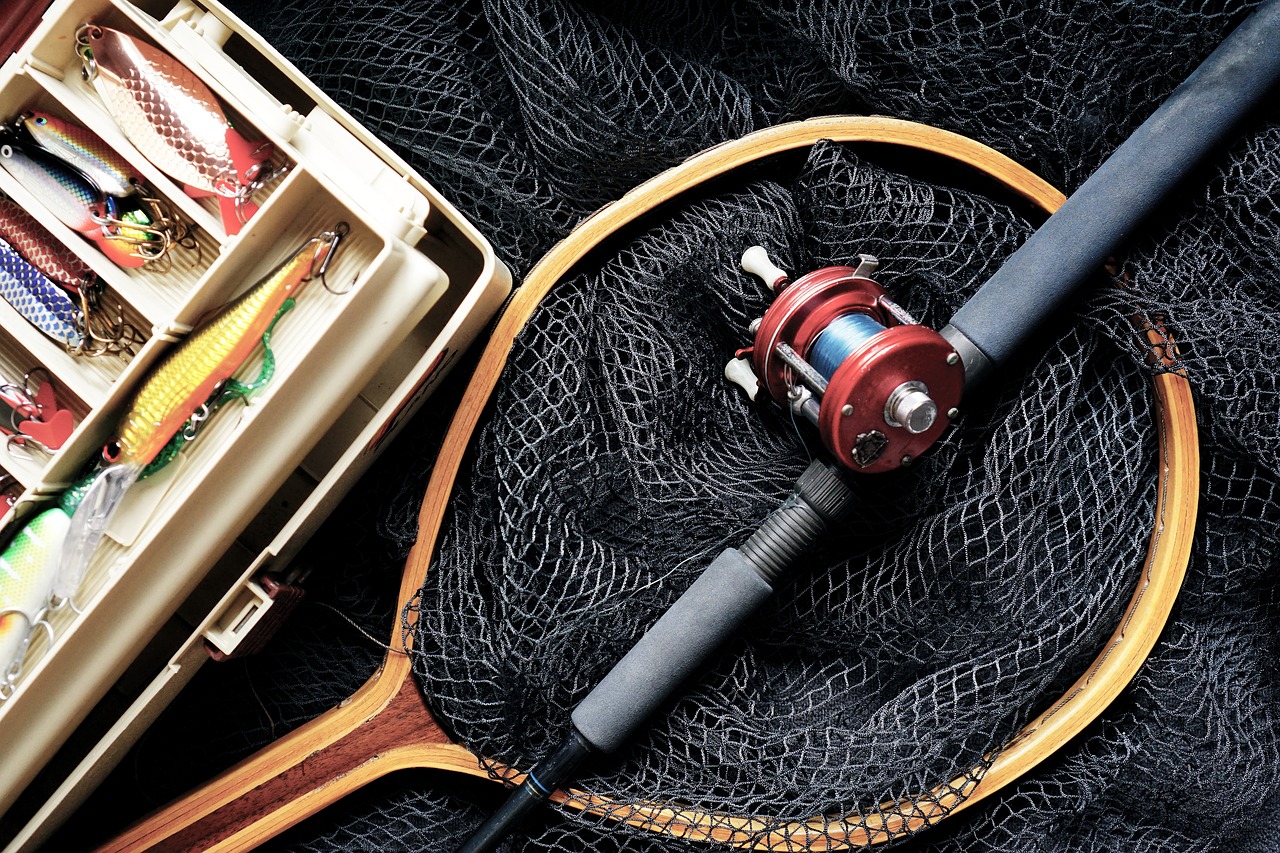
In the captivating quest of fishing, your gear acts as the extension of your skill and intent, transforming a tranquil pastime into a thrilling pursuit. Picking the right fishing equipment is often the difference between a satisfying catch and a disheartening miss. With an array of gear choices available, this segment of our comprehensive guide to boat fishing takes a detailed look at the essential components of your fishing tackle and the advantages of modern fishing equipment.
Essential Components of a Fishing Tackle: Rods, Reels, Fishing Lines, and Hooks
A fishing tackle is an angler’s primary tool, and its components form the pillars of a successful fishing expedition.
Rods come in a variety of styles, lengths, and materials, each designed for a specific type of fishing. For instance, a light rod is ideal for catching small species, while a heavy-duty rod caters to the requirements of big game fishing. The material of the rod also impacts its performance—fiberglass rods are durable and require less maintenance, whereas graphite rods are lightweight and highly sensitive.
Reels, another critical element, control the fishing line’s release and retrieval. The three main types of fishing reels—spinning, baitcasting, and fly reels—vary in complexity and usage. Spinning reels are versatile and easy to use, making them ideal for beginners. Baitcasting reels offer more accuracy and are preferred by experienced anglers. Fly reels are specifically used for fly fishing, a technique that requires a unique set of skills.
Fishing lines connect you to your catch. Factors like line strength, material, and visibility can impact your success rate. Monofilament lines are versatile and affordable, braided lines offer high strength and durability, and fluorocarbon lines are virtually invisible in water, thus deceiving wary fish.
Hooks come in a variety of sizes and designs, each catering to a different species and bait type. Circle hooks are designed to hook the fish in the lip, causing less harm and making them ideal for catch and release fishing.
The Importance of Quality Baits and Lures
In the art of deception that fishing often is, baits and lures play a central role. Baits—natural or artificial—stimulate the fish’s sense of smell, sight, and taste, enticing them towards the hook. Natural baits, such as worms, minnows, or crustaceans, can be incredibly effective due to their familiar scent and texture. Artificial baits or lures mimic the look, movement, and sometimes even the sound of the fish’s natural prey. Lures come in an array of colors, shapes, and sizes and can be used in various water conditions and depths.
Investing in quality baits and lures can greatly enhance your chances of attracting and catching fish. They not only last longer but also perform better under different fishing conditions.
The Benefits of Modern Equipment like Fish Finders and GPS
Modern fishing equipment, such as fish finders and GPS units, combines technology with traditional fishing techniques, enhancing your efficiency and safety on the water.
Fish finders use sonar technology to detect underwater objects, including fish. They provide real-time views of the water column beneath your boat, showcasing the depth, structure, and importantly, the presence of fish. This insight significantly increases your odds of a successful catch by showing you exactly where the fish are.
A GPS unit helps with navigation, allowing you to plot courses, mark fishing spots, and safely return to the shore. This becomes particularly useful when fishing in vast water bodies or unfamiliar locations.
Fishing is an art that marries patience, skill, and knowledge. With the right equipment in your arsenal, you enhance your proficiency and increase your chances of landing a rewarding catch. It’s your key to success—turning hopeful casts into triumphant catches in the challenging yet gratifying quest of fishing.
Boat Fishing Techniques: Mastering Casting and Trolling
Fishing from a boat opens up a myriad of opportunities. The mobility and access to deeper waters increase your chances of landing a catch. However, to optimize your experience, you must be adept with the primary boat fishing techniques—casting and trolling. Both require a blend of skill, knowledge, and practice. This section of our guide delves into the intricacies of these fishing techniques and guides you to master them effectively.
Detailed Explanation of Casting Techniques: Overhead, Side, and Pitch Casting
Casting, the act of throwing the baited line into the water, is a fundamental fishing technique. Mastering different casting styles not only allows you to adapt to various fishing conditions but also expands your fishing horizon. The three common casting techniques are overhead casting, side casting, and pitch casting.
Overhead casting is the most common technique, wherein the rod is swung overhead to propel the bait forward into the water. It requires a large, open space, making it ideal for boat fishing. The technique allows you to cast the bait over a considerable distance, reaching fish that are far from the boat.
Side casting is an alternative to overhead casting, especially useful when fishing in areas with overhead obstructions like trees or when the wind conditions are not favorable. In side casting, the angler swings the rod horizontally, parallel to the water surface, to send the bait flying into the desired area.
Pitch casting is a short-distance casting technique often used when you want to present the bait delicately, without making a lot of splashes, typically around cover like docks or lily pads. In pitch casting, the bait is swung forward in a pendulum motion using a flexible rod, landing it gently in the water.
Mastering these casting techniques requires practice and understanding of the rod, reel, and the physics of your movement. Improving your casting skill not only broadens your angling capabilities but also enriches your fishing experience.
Understanding Trolling and its Effectiveness in Large Water Bodies
Trolling is a fishing technique wherein a baited line is dragged through the water behind a moving boat. It is particularly effective in large water bodies where fish are spread out, such as open seas, big lakes, or wide rivers.
The effectiveness of trolling lies in its ability to cover a large area and multiple water depths simultaneously. By varying the speed of the boat, the type of lure, and the length of the line, you can target different fish species in different water conditions.
Typically, multiple lines with varying lengths and lures are trailed behind the boat, increasing the chances of attracting and catching fish. Modern trolling setups often include planer boards or downriggers to control the depth at which the lures are running and spread the lines out to avoid tangling.
While trolling, it’s essential to monitor the lines and rod tips for signs of a bite. Once a fish is hooked, the boat is usually stopped or slowed down to fight and reel in the fish. Given its effectiveness and efficiency, trolling is a preferred technique for many game fishers.
By understanding and mastering casting and trolling, you amplify your prowess as an angler. These techniques, steeped in skill and understanding of the aquatic world, enhance your connection with the water and the sport, leading you to a fulfilling boat fishing experience.
The Influence of Weather and Time on Fishing Success
The elements of nature—time, weather, and seasons—wield a significant influence over your fishing success. Recognizing this correlation, understanding the shifts in fish behavior with these variables, and aligning your strategies accordingly is a crucial part of an angler’s skill set. This section of our guide elucidates these aspects, revealing the intimate ties between the rhythms of nature and the world of fish.
The Impact of Water Temperature on Fish Behavior
Water temperature is a key determinant of fish behavior. Most fish species are cold-blooded, which means their body temperature and metabolic rate are influenced by the temperature of their surroundings. In warmer water, fish metabolism speeds up, leading to increased movement and feeding activity. Conversely, in colder conditions, their metabolism slows down, making them less active and less likely to feed.
Different species of fish have different temperature preferences, known as their ‘comfort zone.’ This is why certain fish are more active in warmer waters (bass, for example), while others thrive in colder conditions (like trout). Therefore, gauging the water temperature and understanding its effect on your target species can significantly enhance your fishing success.
Seasonal Migration Patterns of Fish
Fish are also greatly influenced by the change of seasons, which triggers migration—a significant movement to find optimal breeding or feeding grounds. For example, many species of fish, like salmon, undertake vast upstream journeys during the spawning season. Similarly, several saltwater species migrate towards the shore during spring and fall, offering excellent opportunities for anglers.
Moreover, fish in large water bodies, like lakes, undergo seasonal movements based on water temperature and food availability. During the summer and winter, when the water temperature at the surface becomes too extreme, fish move towards the deeper, more stable thermal layers. But in spring and fall, they spread out and can be found closer to the surface.
Understanding these patterns allows anglers to anticipate where fish might be located during different times of the year.
Prime Fishing Times and Their Correlation with Fish Feeding Patterns
Fish feeding patterns are influenced by a myriad of factors, including light conditions, tidal movements, and weather changes. This creates prime fishing times, during which fish are more likely to bite.
Dawn and dusk, the times of day when light conditions are changing, are often excellent for fishing. Many fish species feed more aggressively during these periods when their prey is less likely to see them. Therefore, these ‘golden hours’ are often highly productive for anglers.
Tidal movements also create feeding opportunities for fish, especially in saltwater environments. The incoming tide brings in smaller creatures that fish feed upon, making high tide a prime fishing time. Similarly, the start of the outgoing tide can stimulate feeding behavior as it flushes out prey from the marshes and estuaries.
Weather changes also impact fishing conditions. Overcast conditions can increase fish activity near the surface, and the low-pressure conditions that precede a storm can stimulate feeding behavior. However, fishing can be challenging during and after a storm due to the increased turbidity and decreased oxygen levels in the water.
Knowledge of these natural influences—water temperature, seasonal migrations, and prime fishing times—will allow you to adapt your fishing strategy accordingly, increasing your chances of a successful catch. In the quest for mastery in fishing, understanding and harmonizing with nature’s rhythm is an invaluable asset.
Safety Measures in Boat Fishing
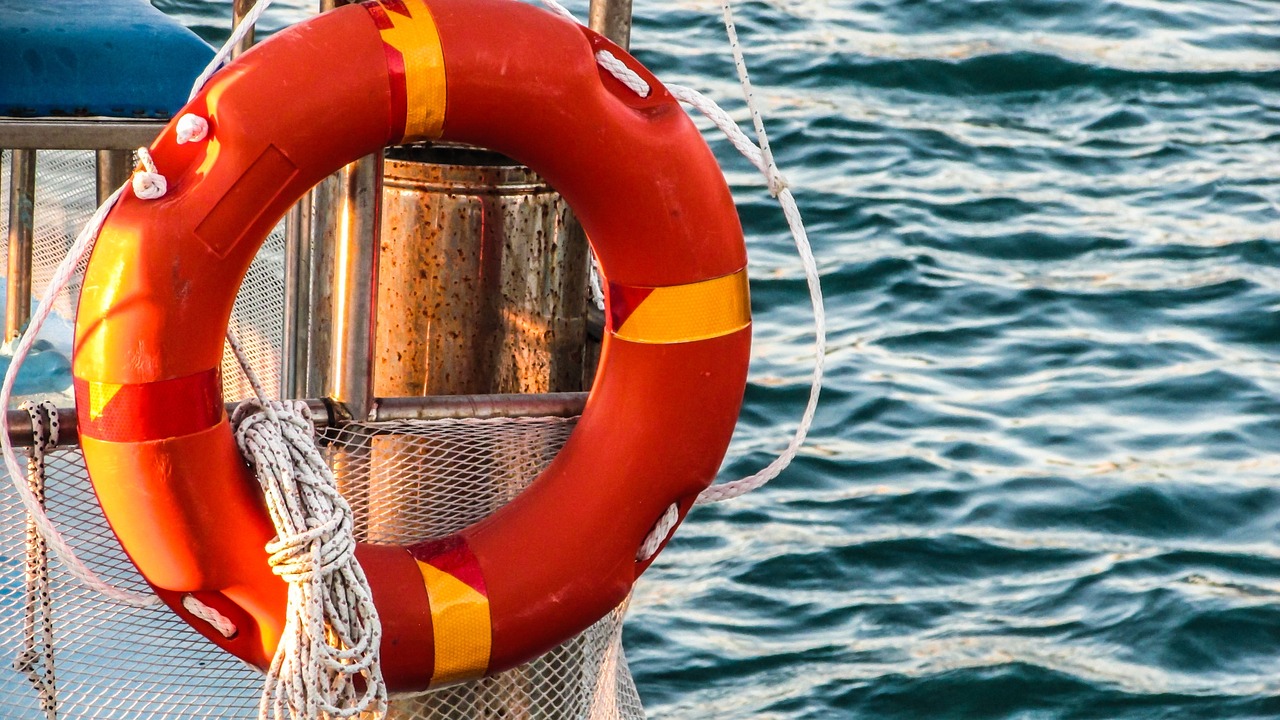
The thrill of boat fishing is unmatched, but it should never come at the cost of safety. No catch is worth a risk to your life or wellbeing. As a responsible angler, it’s crucial to prioritize safety measures when fishing from a boat. This segment of our guide emphasizes essential safety gear, the need to monitor weather conditions, and the dangers of mixing alcohol with boat operation.
Essential Safety Gear for Boat Fishing
Having the right safety equipment on board is a crucial aspect of boat fishing. Life jackets are a must-have, and they should be worn at all times when the boat is in motion. Ensure you have one that fits each person on board correctly.
Other important safety items include a first-aid kit for minor injuries, a horn or whistle for signaling, and a fire extinguisher for emergencies. Navigation lights are necessary for low-light conditions, while flares and emergency beacons can be lifesavers if you get stranded or lost.
Lastly, always carry a marine VHF radio for communication. Unlike cell phones, they are more reliable on water and can be monitored by other vessels, marine operators, or rescue services.
The Importance of Monitoring Weather Conditions
Weather plays a pivotal role in fishing, but it also significantly affects your safety on water. Sudden storms can make waters treacherous, and strong winds can make it challenging to navigate your boat.
Before setting out, always check the weather forecast. Keep an eye on the sky and be aware of rapid changes in wind, cloud formations, or temperature drops, which may signal a brewing storm.
In case of sudden weather changes, it’s important to stay calm and make your way to the shore as safely as possible.
Alcohol and Boat Operating – A Dangerous Mix
Operating a boat requires attention, skill, and quick judgment, all of which are hampered by alcohol. It’s not just unsafe, but it’s also illegal in many places to operate a boat under the influence of alcohol.
The risks include impaired coordination, slower reaction times, and decreased ability to make sound judgments, which can lead to severe accidents. Alcohol can also exacerbate the effects of sun and wind exposure, leading to dehydration or hypothermia.
Remember, when you’re at the helm, your primary responsibility is the safety of everyone on board. Enjoy your fishing expedition responsibly, and save the celebrations for when you’re safely back on land.
Safety in boat fishing is paramount. The water can be unpredictable, but with the right precautions, potential hazards can be averted. Always remember that a good angler respects the water and prioritizes safety above all else.
Promoting Sustainable Fishing: The Catch and Release Method
As we relish the joy of fishing, it’s equally essential to reflect upon our responsibilities towards aquatic ecosystems. The future of fishing depends on sustainable practices, among which the ‘Catch and Release’ method has gained prominence. This section of our guide will introduce you to the philosophy behind sustainable fishing and offer a step-by-step guide to the catch and release method.
The Philosophy Behind Sustainable Fishing
Sustainable fishing implies the practice of enjoying fishing while ensuring its viability for future generations. The essence of it lies in balance—harmonizing our love for fishing with a commitment to preserving fish populations and habitats. Sustainable fishing involves adhering to regulations, respecting fishing seasons, limiting our catches, and employing methods that reduce harm to fish, such as catch and release.
A Step-by-Step Guide to the Catch and Release Method
The catch and release method, as the name suggests, involves catching a fish and then releasing it back into the water, ideally in a condition that allows it to survive and reproduce. Here’s how to do it properly:
- Use the right gear: Use circle hooks instead of traditional J-hooks. They are designed to hook the fish in the lip, making it easier to remove and less harmful to the fish.
- Reel in quickly: A prolonged fight can exhaust and stress a fish, reducing its chances of survival after release.
- Handle with care: Wet your hands before handling the fish to protect its slime coating, which is crucial for its health. Avoid touching the gills and eyes.
- Remove the hook gently: If the fish is hooked deeply, it’s better to cut the line as close to the hook as possible, rather than attempting to remove it.
- Revive the fish: Before releasing, hold the fish upright in the water and move it back and forth gently to help water flow through its gills.
By adopting the catch and release method, we can ensure that our passion for fishing aligns with the pressing need to conserve our precious aquatic resources, thereby upholding the philosophy of sustainable fishing.
Boat Fishing Etiquettes
Fishing is more than a sport or hobby—it’s an engagement with nature and fellow anglers. As such, there are certain etiquettes that every angler should observe to maintain the harmony of the fishing environment. This section of our guide delves into the need to respect other anglers and boaters, preserve the cleanliness of water bodies, and adhere to the rules and regulations of boat fishing.
Respecting Other Anglers and Boaters
Courtesy on the water is a fundamental part of fishing etiquette. Respect the space of other anglers and boaters—do not crowd someone’s fishing spot or pass too close to their boat, especially at high speed as it can create a dangerous wake. If you’re fishing in a popular spot, keep noise to a minimum to avoid disturbing others and scaring away the fish.
Preserving the Cleanliness of Water Bodies
Preserving the cleanliness of our water bodies is not just an etiquette—it’s a responsibility. Never discard trash, especially non-biodegradable items, into the water. If you come across litter while fishing, consider picking it up. Cleanliness ensures the health of the aquatic ecosystem and enhances the fishing experience for everyone.
Rules and Regulations of Boat Fishing
Rules and regulations of boat fishing are there for a reason—they ensure safety, promote sustainable fishing, and maintain order. Always abide by the local fishing regulations, which may include licensing requirements, fishing seasons, bag limits, and size limits. Familiarize yourself with boating laws, including speed limits, right-of-way rules, and safety equipment requirements.
By observing these fishing etiquettes, you’re not just fostering a more enjoyable and safer environment for yourself and others, but you’re also contributing to the preservation of our precious water bodies and the vibrant life they host. Remember, good etiquette is a reflection of respect—for others, for nature, and for the sport of fishing.
Preparing Your Catch: From Water to Table
Catching a fish is just the first part of the journey. The process of transforming your catch from a thrashing creature at the end of your line to a mouth-watering dish on your dinner table is equally rewarding. This final section of our guide walks you through the stages of fish handling post-catch, cleaning and filleting, and concludes with a couple of simple yet delicious recipes to try.
The Basics of Fish Handling Post-Catch
Once you’ve landed a fish, it’s crucial to handle it correctly, especially if you plan to eat it. Here are a few tips:
- Kill the fish quickly: An immediate, humane kill minimizes stress and maintains the fish’s meat quality. The best method is ‘iking,’ a swift cut or stab to the fish’s brain.
- Bleed the fish: Bleeding the fish ensures better tasting, longer-lasting meat. Cut the gills or the tail’s main artery, then place the fish in a bucket of water to bleed out.
- Cool the fish: Store the fish on ice or in a cooler to slow bacterial growth and preserve freshness. The fish should be stored belly down and ideally separated by layers of ice.
Tips for Cleaning and Filleting Fish
Cleaning and filleting a fish is an art that requires practice. The steps are as follows:
- Scale the fish: This isn’t necessary for all fish, but for those with scales, use the back of a knife to scrape them off.
- Gut the fish: Make a cut from the anus to the head, then pull out the internal organs.
- Rinse the fish: Clean the cavity with water to remove any remaining guts or blood.
- Filleting: Place your knife behind the fish’s gills and cut down to the backbone. Then turn the knife and cut along the backbone to the tail. Repeat on the other side.
Simple and Delicious Boat Fishing Recipes to Try
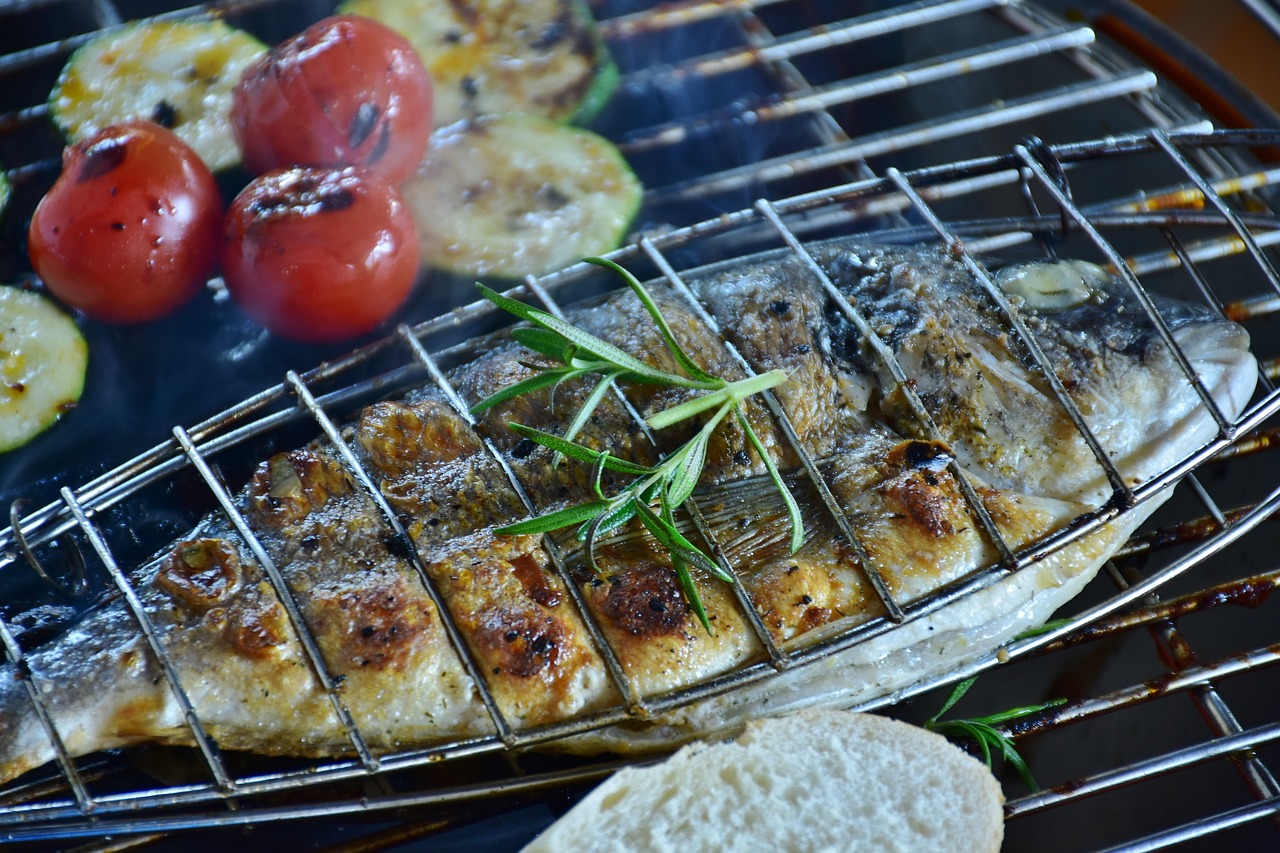
Preparing your fresh catch on the boat can be an enjoyable experience. Here are a couple of easy and tasty recipes:
Grilled Fish Tacos: Marinate fillets in a mix of lime juice, oil, chopped cilantro, garlic, and chili. Grill until cooked, then serve in tortillas with fresh salsa and avocado.
Fish Foil Packets: Lay fillets on a piece of aluminum foil. Top with lemon slices, sprigs of dill, salt, and pepper. Fold the foil into a packet and cook on the grill until the fish is done.
From the exhilarating catch to the satisfying feast, every step of the fishing journey is filled with joy. And knowing how to handle, clean, and cook your catch amplifies this joy manifold, bridging the gap between the angler and the chef, the water and the table.
Conclusion
Recapping the Joys of Boat Fishing
Throughout this guide, we have explored the many facets that make boat fishing such a unique and rewarding pastime. As we’ve discussed, the thrill of fishing extends far beyond the simple act of catching a fish. It is an immersive experience that connects us with nature, offering us both peace and exhilaration. The joy of navigating open waters, the anticipation that builds with every cast, and the heart-pounding excitement when a fish takes the bait; these are the moments that truly define the sport.
Choosing the right boat and equipment, mastering various casting techniques, and understanding how factors like weather and time influence fish behavior—all of these add layers of depth to the experience, further enhancing the appeal of boat fishing. There’s a profound satisfaction in making the perfect cast, or in deploying state-of-the-art gear like fish finders and GPS to locate elusive schools of fish.
The Importance of Sustainable and Responsible Fishing
However, it’s important to remember that as we enjoy the pleasures of boat fishing, we also bear the responsibility to protect our marine environments. Practicing sustainable fishing techniques such as the catch and release method not only allows us to maintain the health and diversity of fish populations but also ensures that future generations will have the chance to experience the joy of fishing just as we have.
Respecting others on the water, adhering to rules and regulations, and ensuring we leave the waterways as clean as we found them are all integral aspects of being a responsible angler. Our love for the sport must go hand in hand with our commitment to preserving these precious aquatic ecosystems.
Encouragement for the Readers’ Boat Fishing Journey
As you embark on your boat fishing journey, remember that patience and persistence are key. There will be days when the fish won’t bite or when the weather will be less than ideal, but it’s all part and parcel of the adventure. Use these moments as opportunities to refine your techniques, or to simply appreciate the beauty of nature that surrounds you.
We hope that this guide has provided you with a strong foundation on which to build your boat fishing skills and knowledge. Don’t be afraid to experiment with different techniques, baits, and locations. Keep safety in mind, always respect the environment, and remember that the real joy in fishing often lies in the journey, not just the destination.
So, set your course, cast your line, and immerse yourself in the exciting world of boat fishing. May your lines be tight, your catches plentiful, and your journeys full of unforgettable experiences. Happy fishing!


